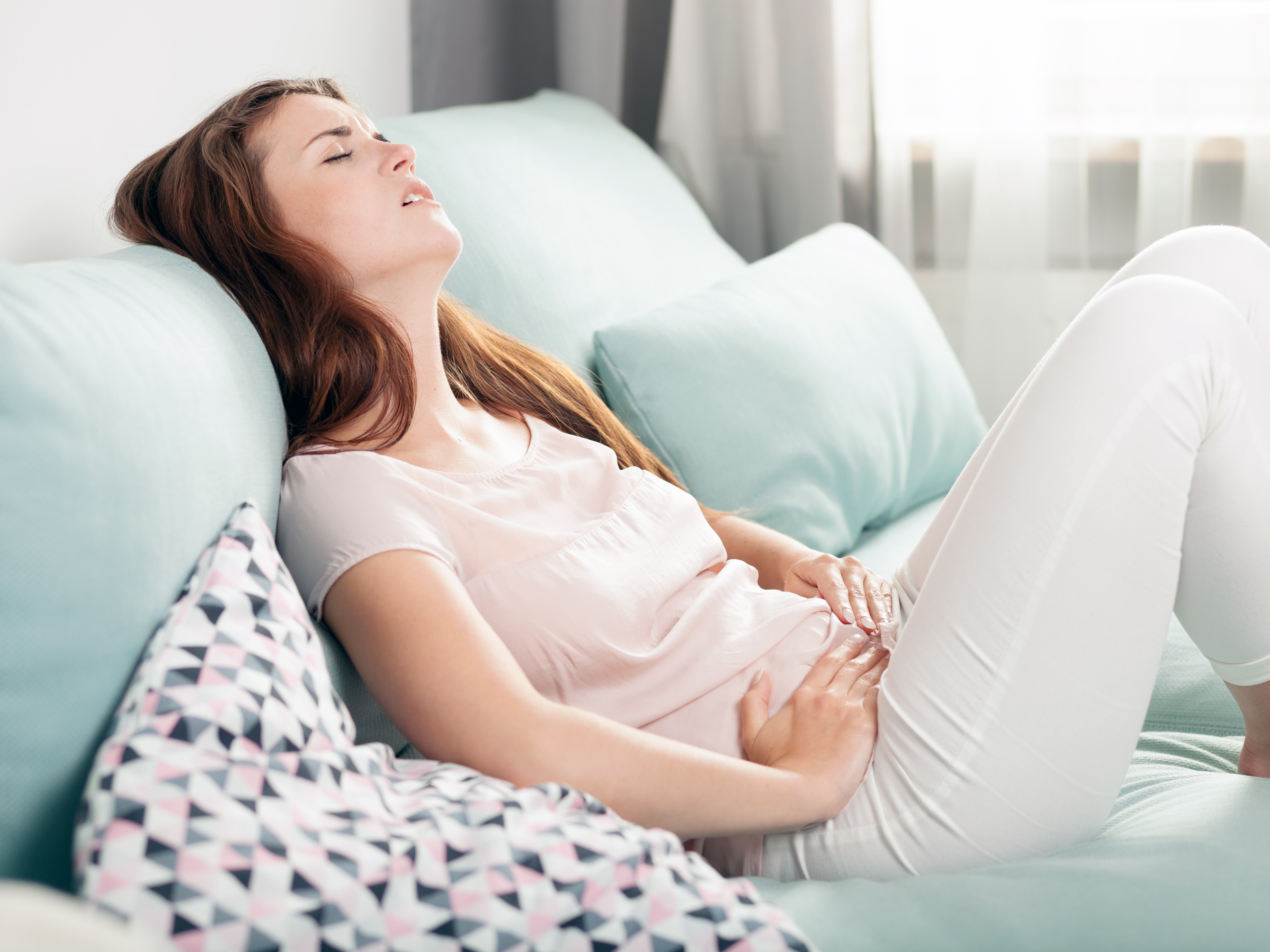- Andenomyosis happens when uterine tissue grows deep inside the muscle wall of the uterus.
- Symptoms include heavy menstrual bleeding, pain during menstruation, and chronic pelvic pain.
- Women who are between 40 and 50 years old, have given birth to multiple children, or have had previous uterine surgery are most at risk for adenomyosis.
- This article was medically reviewed by G. Thomas Ruiz, MD, OB/GYN Lead at MemorialCare Orange Coast Medical Center in Fountain Valley, CA.
- Visit Insider’s homepage for more stories.
Experts estimate that a uterine condition called adenomyosis may affect between 20% to 35% of women.
The condition can cause painful, heavy, prolonged periods and is most common in women ages 40 to 50 who have had multiple pregnancies or uterine surgery. Here’s what you need to know about the symptoms, risk factors, and treatment for adenomyosis.
Adenomyosis affects the uterine wall
Adenomyosis, like its counterpart endometriosis, is a condition that affects uterine tissue. But whereas endometriosis involves this uterine tissue growing outside the uterus, adenomyosis happens when this tissue grows deep inside the muscle wall of the uterus. The extra tissue can also cause the uterus to become enlarged.
However, that tissue doesn’t just sit there. It acts just like it did when it was in the correct spot: it gets thicker, then it breaks down, and starts to slough off, just like the uterine lining does during a menstrual period. That can lead to extra-heavy periods that can be painful and prolonged.
"It can be diagnosed with ultrasound, but the gold standard is MRI," says Michael Tahery, MD, an obstetrician-gynecologist and surgeon in Los Angeles. During the MRI, doctors examine the tissue of the uterus and a number of signs including "fingerlike indentations" and irregular spots indicating adenomyosis.
Symptoms of adenomyosis
Up to 30% of women who have adenomyosis do not experience symptoms at all, but among the women who do, the most common symptoms are:
- Heavy menstrual bleeding
- Periods that are longer than usual
- Pain during menstruation (dysmenorrhea)
- Chronic pelvic pain
- Pain in the legs and back
- Swelling of the abdomen
- Pain during intercourse
Some women also notice that their lower abdomen feels swollen or tender because their uterus has gotten larger from the extra tissue.
Risk factors of adenomyosis
No definitive cause of adenomyosis has been identified, but studies have found risk factors including:
Age: Most women who are diagnosed with adenomyosis are between 40 and 50 years old. The mean age of women who elected to undergo a hysterectomy because of adenomyosis discomfort is 50. Though adenomyosis can and does affect younger women, perimenopausal women are at the highest risk.
Giving birth to multiple children: Adenomyosis is more common in women who have had multiple children. Some experts believe this is because the uterine lining may get inflamed during pregnancy and cause a disruption in the cells that make up the lining.
Previous Uterine Surgery: According to Tahery, surgery can also breach or damage the lining of the uterus, which may lead to adenomyosis. There is evidence that women who have had a cesarean section or have gone through a pregnancy termination may be at a higher risk for adenomyosis. "We think it could be because of trauma," he says, although more research needs to be done.
Depression: Depression has also been cited as a possible risk factor for adenomyosis. This may be because of the body's heightened inflammatory response in people with depression. In response to inflammation, the innate immune system of the uterus is compromised.
Treatment of adenomyosis
To deal with symptoms of adenomyosis, you can use anti-inflammatory drugs, like ibuprofen to manage any pain you experience. Soaking in a warm bath or using a heating pad can also provide some relief, per the Mayo Clinic.
Though there is no exact cure for the condition, adenomyosis usually goes away on its own, often after menopause, according to the Mayo Clinic.
Prior to menopause, you can pursue several treatment options. Hormonal methods such as birth control pills or using a hormonal intrauterine device (IUD) are common treatments, according to Tahery. The hormones in these contraceptives regulate the amount of estrogen in your body, which in turn affects the activity of that displaced endometrial tissue.
"In the majority of women, those do the job," says. Tahery. "But in some, surgical options are available. If bleeding is a problem, we can do an endometrial ablation." An endometrial ablation is a procedure that surgically removes the lining of the uterus to reduce period bleeding without affecting fertility or ovulation. Ask your doctor about this procedure, as it may not be suitable for all patients.
But the only real cure for adenomyosis is a hysterectomy, since it removes the uterus from the body. It may be necessary if the pain and bleeding become too much to tolerate, and the other treatments aren't effective enough.
"But the majority of women are very well served with the hormonal and non-surgical options, and they should try that first," says. Tahery.
Related stories about women's health:
- Birth control pills can help treat acne, but some types are better than others
- The best diet for endometriosis that can help relieve painful symptoms
- How to treat vaginismus through dilation training and counseling
- You can get pregnant with an IUD but it's extremely rare
- What to expect after IUD removal: From prep to recovery
- How late in pregnancy can you fly: The latest and best times to fly
- Does birth control make you gain weight? Research is clear it does not
- How long it takes for condoms, birth control pills, and other types of birth control to expire
- What is a molar pregnancy and how to treat it
